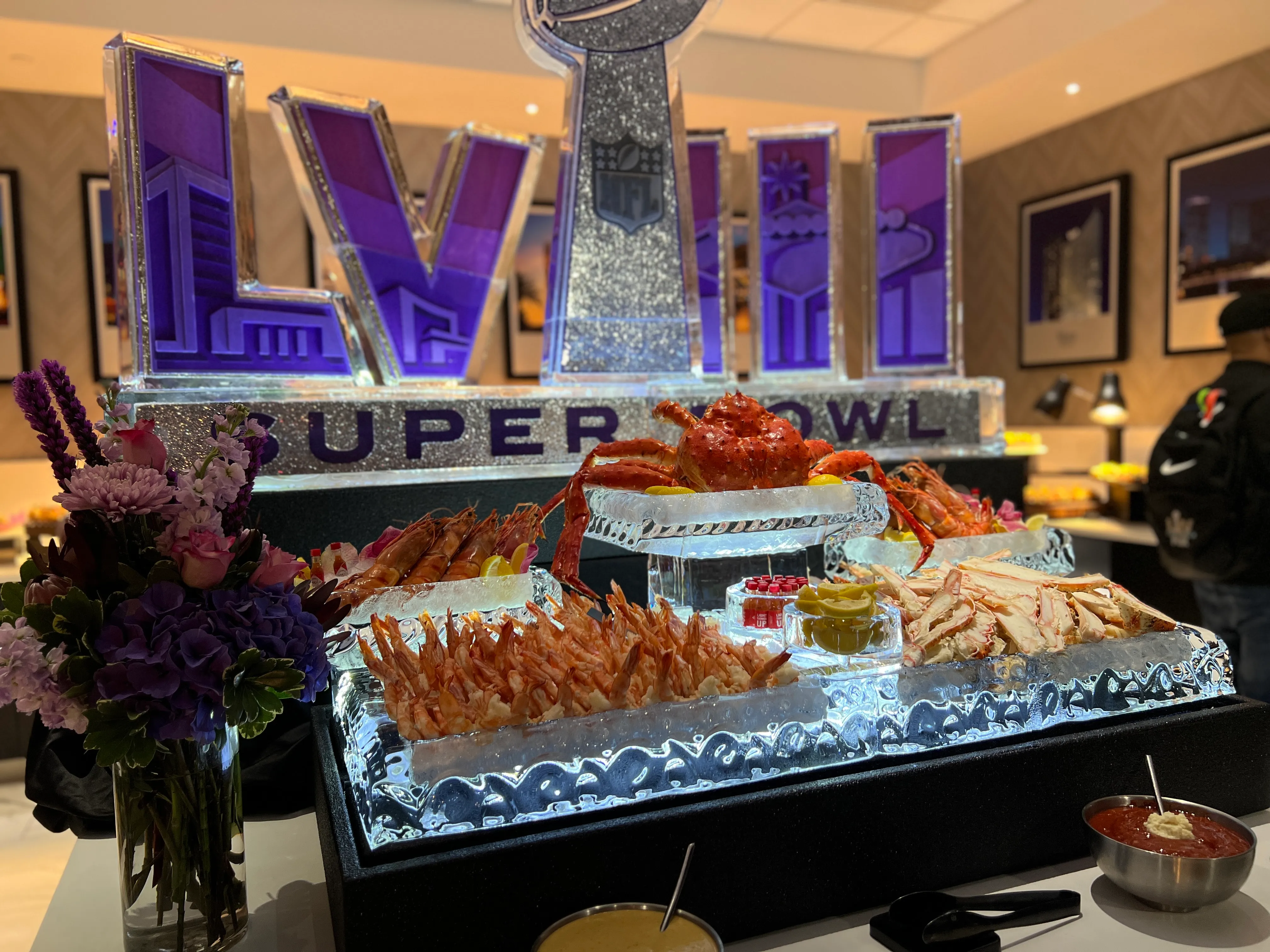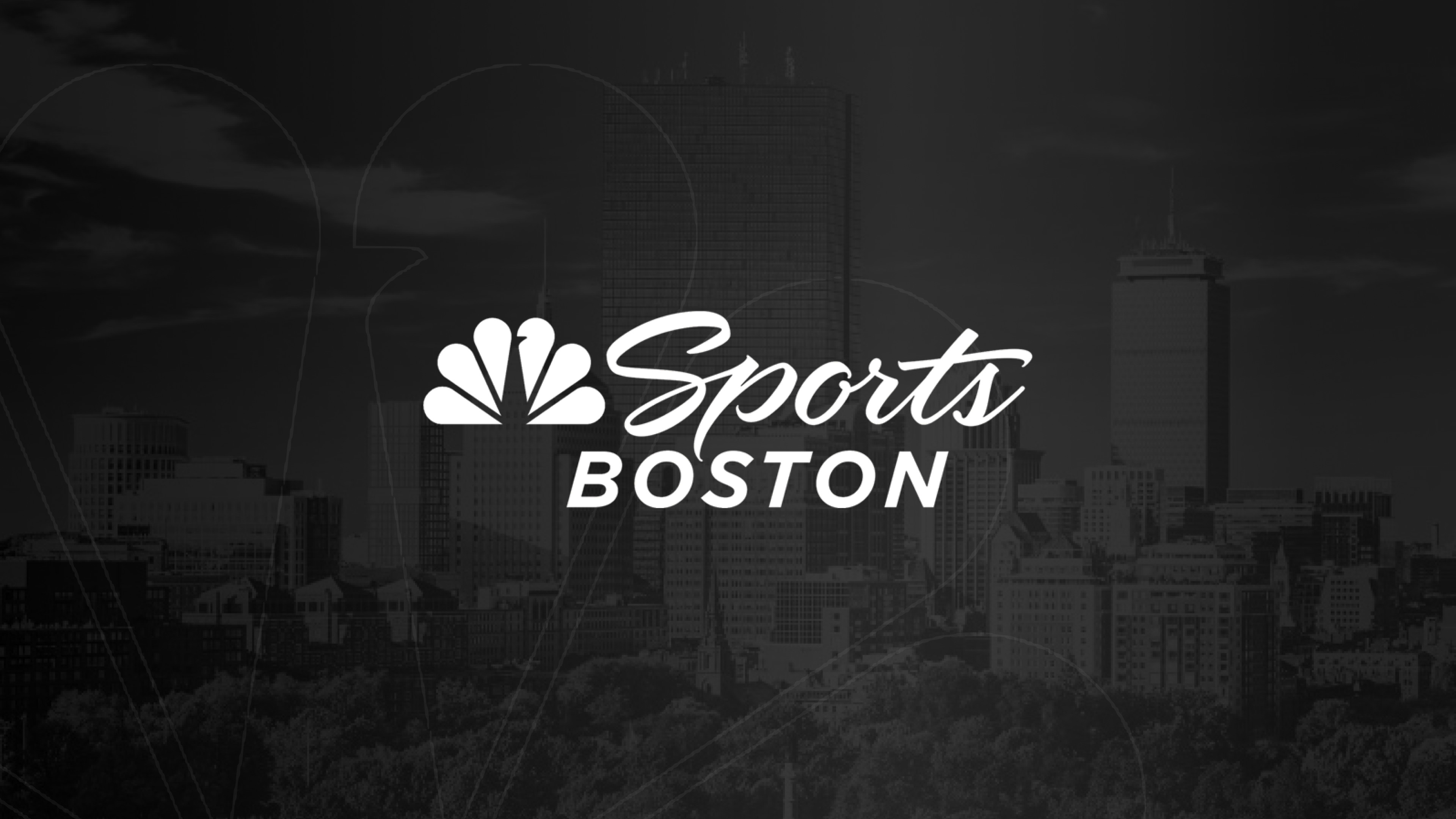It’s not hyperbole to suggest that the 2020 NBA Draft, and the wheeling and dealing that comes with it, could be critical to the Boston Celtics’ ability to truly contend for a title moving forward.As Boston’s payroll becomes particularly top-heavy, with two young franchise cornerstones whose rookie extensions are starting to kick in, it’s imperative the Celtics fill the back end of their roster with low-cost, complementary talent plucked from the draft or moves made with the the team's collection of picks.Inconsistent returns from recent draft classes exposed Boston’s lack of serviceable depth during the bubble playoffs. Now, as Jaylen Brown’s extension kicks in and with Jayson Tatum positioned to sign the largest contract in team history this offseason, Boston must use its draft assets — including three first-round picks -- to fill in the gaps around their title-worthy core.We kick off this year’s draft coverage with the quest for shooting.
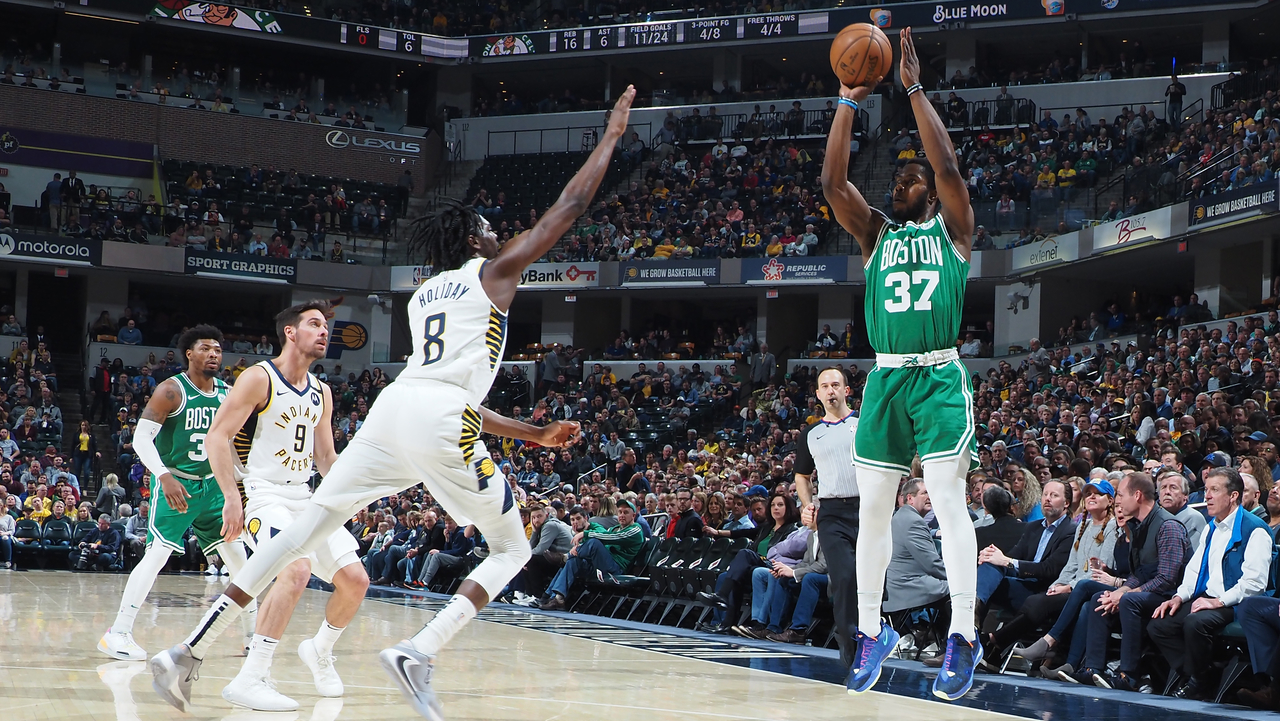
It’s somewhat odd to suggest that a team that finished with the fourth-best offense in the NBA desperately needs more shooting. Alas, the modern NBA and its penchant for the 3-point shot shows that a team can never have too much shooting.
Watching the Celtics chase Duncan Robinson and Tyler Herro all over the court in the Eastern Conference finals further hammered home the importance of shooting. Sometimes you don’t even need good shooting, just the threat of it, so that defenses are forced to react.
Boston’s bench players shot a gruesome 31.8 percent on 3-point attempts during the regular season, which ranked 28th overall in the NBA. Teams were content to cheat away from players like Semi Ojeleye and Grant Williams while focusing attention on Boston’s key players.
As we kick off our countdown to the 2020 NBA Draft, we’ve recruited NBC Sports Boston colleague Robert Snyder to help us identify the players that might best fill the Celtics’ most glaring needs. When he’s not producing our programming, Robbie Buckets is our resident college basketball guru.
With the goal of identifying shooters the Celtics could target at various spots in the draft, we asked Snyder to pick his five favorite players based on potential draft-night scenarios. Here’s the Buckets List:
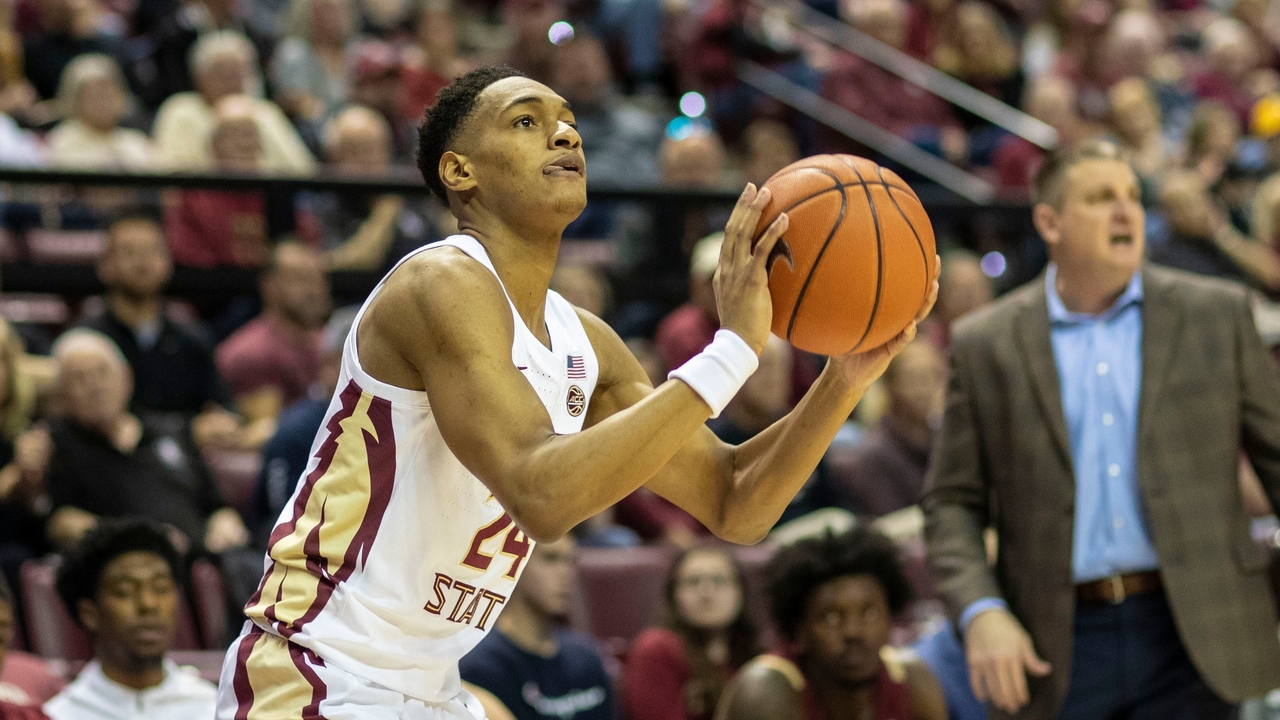
The scenario: Celtics elect to package picks and move up into the high lottery seeking one of the draft’s top shooters.
Snyder’s synopsis: I almost went with Iowa State’s Tyrese Haliburton (better name) here, but I don’t love Haliburton’s form on his shot at all. He shoots from his chin and is very stiff. Vassell is much more natural with a high release and was very good his sophomore year (41.5 percent from 3). He also adds length, defense, and versatility.
The skinny: The 6-foot-7 wing shot 41.7 percent on limited 3-point attempts in two seasons at Florida State. Defense might be more his calling card than shooting, but he could be elite at both.
Forsberg’s feeling: Vaulting from the late lottery to a spot in the single digits where Vassell might come off the board is typically costly. But in a volatile draft where teams might see greater value deeper in Round 1, Boston could make a strong push with its collection of picks (14, 26, 30) or dangle future assets.
If they’re going to give up swings of the bat, they’d better be sure the guy they are moving up for is a home run. If we were in Danny Ainge’s position, we’d be more tempted to splurge on Haliburton because of the playmaking potential, but Vassell’s potential is tantalizing.
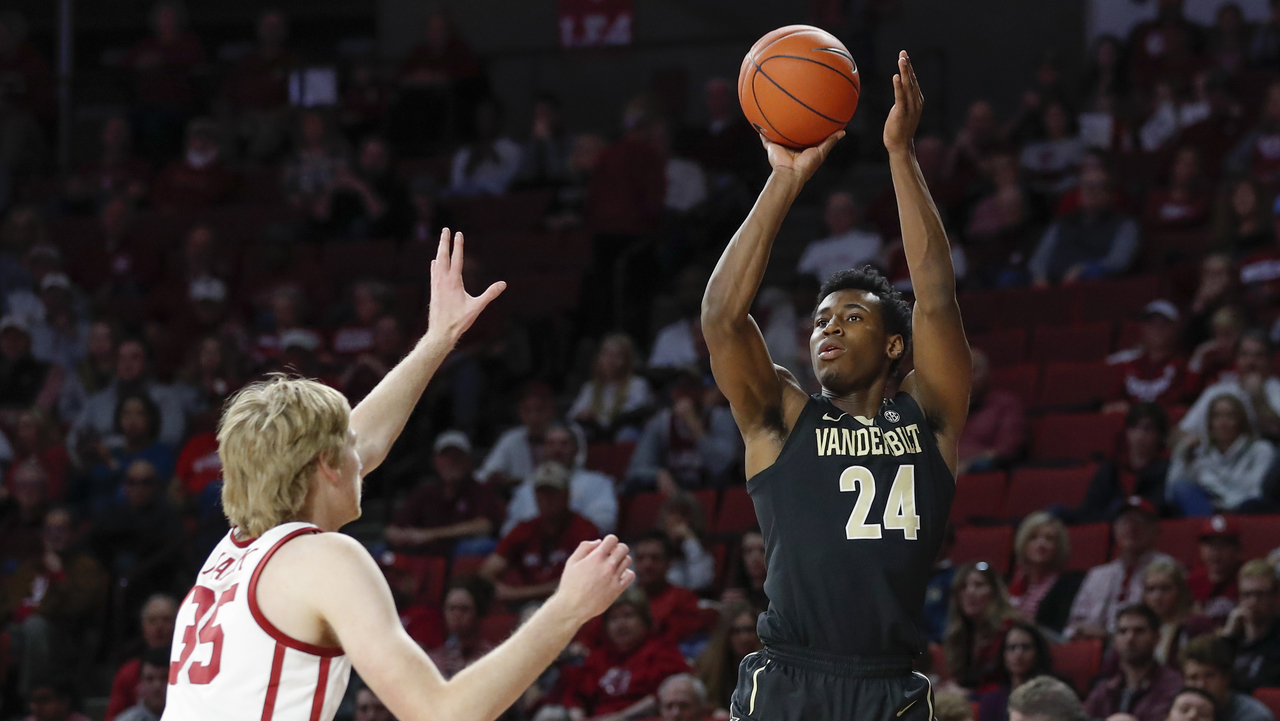
The scenario: Call it a Herro move. Boston identifies a shooter it covets and doesn’t wait to see if he slides to 14, instead shuffling up a couple spots to nab him.
Snyder’s synopsis: Some people will point to lack of sample size (14 games last season) but I counter with his volume (8.2 3-pt attempts per game). Nesmith shot a ridiculous 52 percent from 3 last season and has a prototypical NBA build.
The skinny: A 6-foot-6 wing with a 6-foot-10 wing span and deep range, Smith averaged 23 points per game last season and shot 82.5 percent from the free-throw line during his college career.
Forsberg’s feeling: Back in 2013, the Celtics shuffled up three spots from No. 16 to nab Kelly Olynyk with the cost being a pair of future second-round picks (neither of whom stuck in the league). If the team believes Nesmith is the best shooter in the draft — albeit without the obvious secondary talents of guys like Vassell and Haliburton — it might be worth tossing the 30th pick to ensure someone doesn’t pull a Pat Riley.
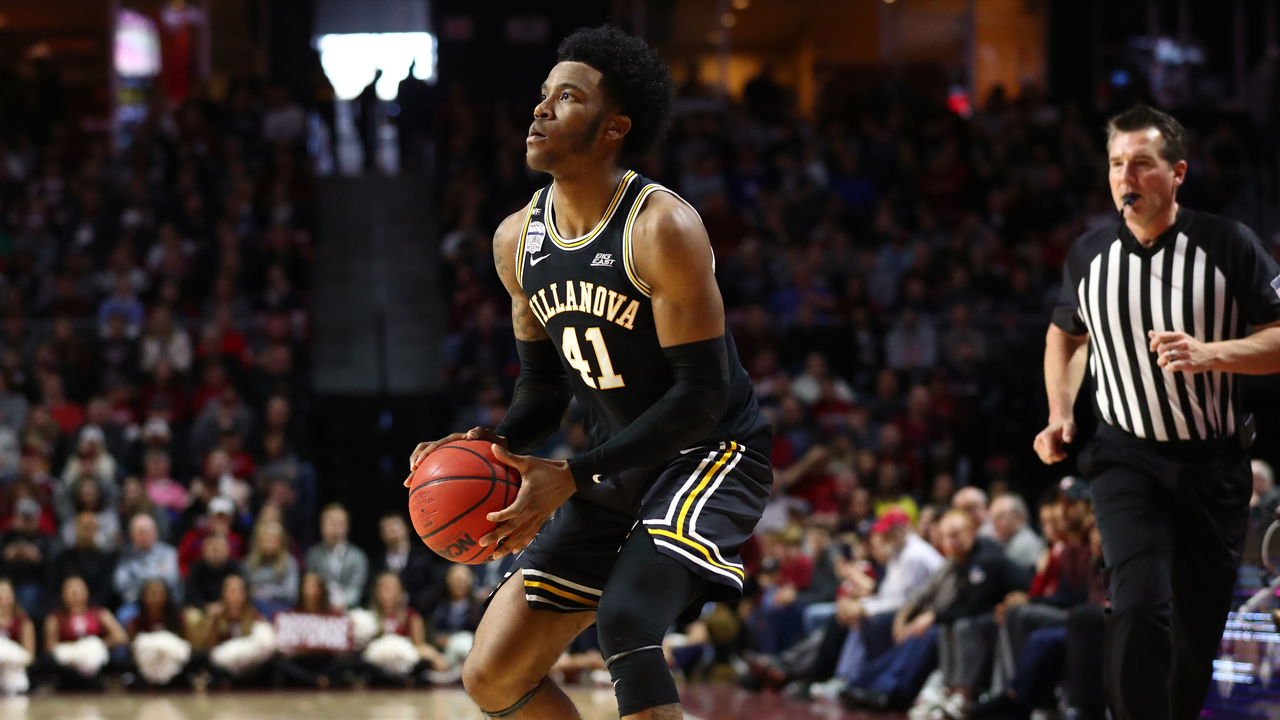
The scenario: The Celtics sit tight at No. 14, where Bey is still on the board during their first turn on the clock.
Snyder’s synopsis: In my opinion, the best knockdown 3-point shooter in the first round. He shot 45 percent from 3-point land in his sophomore year and has the fastest release among the lottery picks. Always square to the basket and fantastic off the catch. He’s a perfect Celtic wing.
The skinny: The 6-foot-8 wing has obvious 3-and-D potential and seems plug-and-play ready off the Boston bench.
Forsberg’s feeling: ESPN’s scouting report on Bey notes he's “competitive … able to defend multiple positions … makes winning plays.” The idea of a 6-foot-8 Marcus Smart with a more consistent 3-point shot just made 172 Celtics fans faint just reading that. Not having to give up assets makes the pick even more attractive and allows Boston to consider different options with its remaining picks.
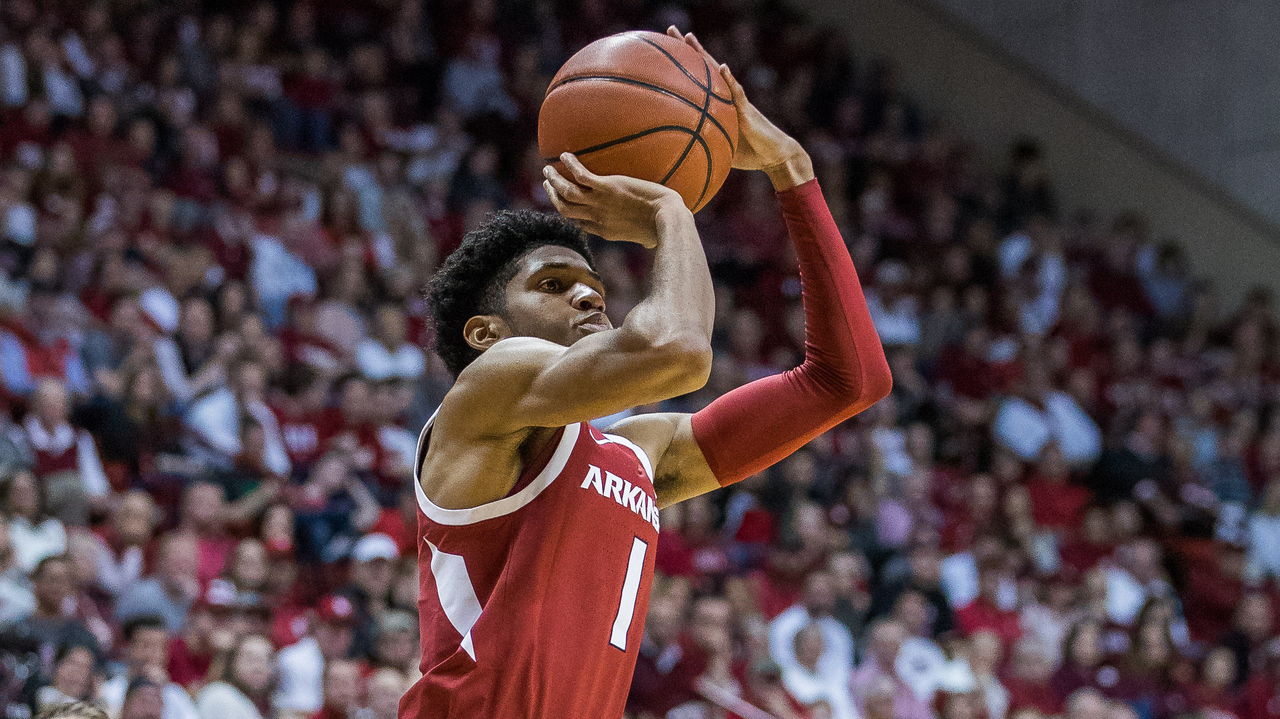
The scenario: Boston hunts a big man or draft-and-stash utilizing its 14th pick and waits until 26 or 30 to seek shooting.
Snyder’s synopsis: This guy jacks 3s (over 10 per game) and sometimes his shot selection is off. However, the skill is there (career 39 percent) and his sophomore-year regression might actually drop him down to where the Celtics pick.
The skinny: A 6-foot-5 sophomore out of Arkansas, Joe shot 41.4 percent on 8 3-pointers per game as a freshman then came back to Earth a bit while shooting 34.2 percent at the elevated number (10.6 attempts) this season.
Forsberg’s feeling: Some knee woes likely contributed to Joe’s statistical downturn in 2020. But clearly he won’t be bashful with the 3-point shot. He’s the sort of shooter that can make opponents chase him and has the size to get off his shot against smaller defenders. Most importantly, the Celtics have had recent success finding gold with guys named Isaiah.
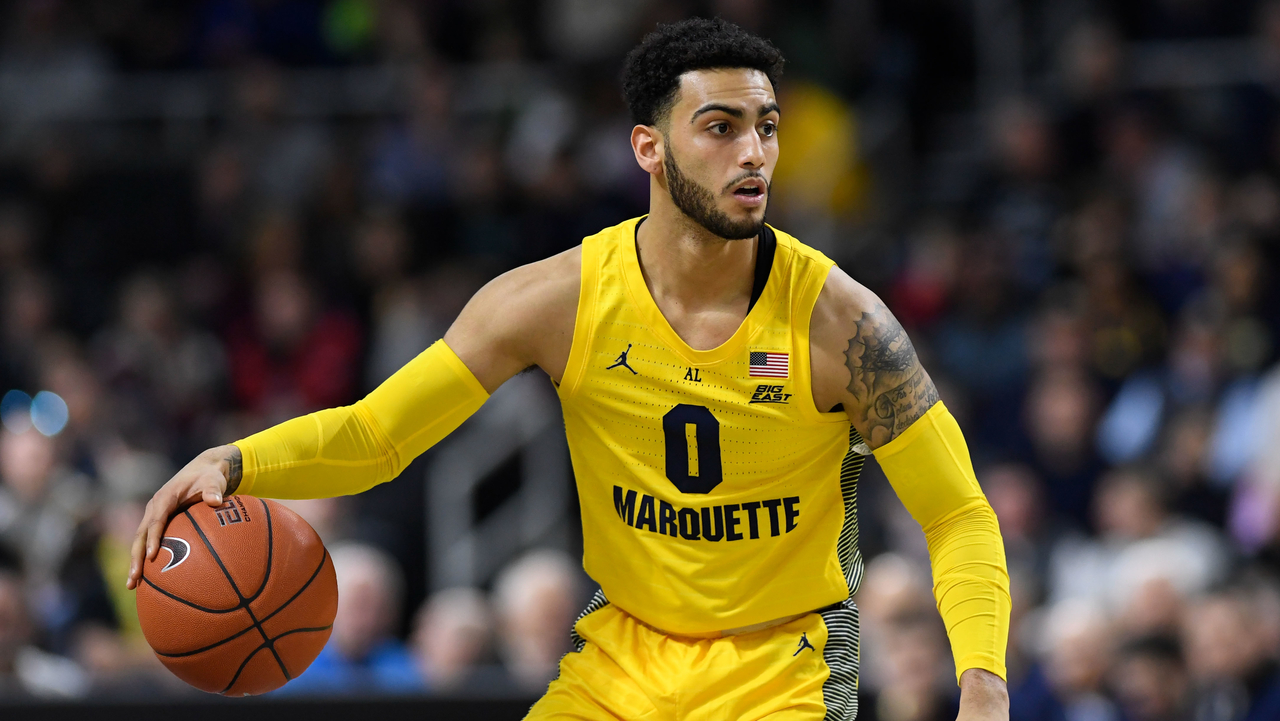
The scenario: The Celtics wait until Round 2 to seek shooting, having either addressed more pressing needs earlier in the draft or moving those picks as part of other deals.
Snyder’s synopsis: Howard has a lot of similarities to Carsen Edwards (who had an erratic rookie season) but hear me out: Despite also being undersized, Howard is a much more freakish shooter than Edwards ever was. In fact, many might argue that other NBA qualities aside, Howard is the best pure shooter in the entire draft.
The skinny: Small in stature (5-foot-11), Howard put up some big numbers at Marquette, including a 51-point game against USC last season. He had 15 games of 30 points or more and led the nation in scoring.
Forsberg’s feeling: Scoring runs in the Howard family. Two years ago, his brother, Jordan, finished third in the nation in scoring behind a couple of cats named Trae Young and Kendrick Nunn. The size is worrisome but he shot 41.2 percent on 10.1 3-pointers per game and got to the line 8.6 times per game in his senior season. There’s worse ways to utilize a second-round dart than a player like Howard, who would project as a potential 2-way player with a chance to assert himself in the G-League.



